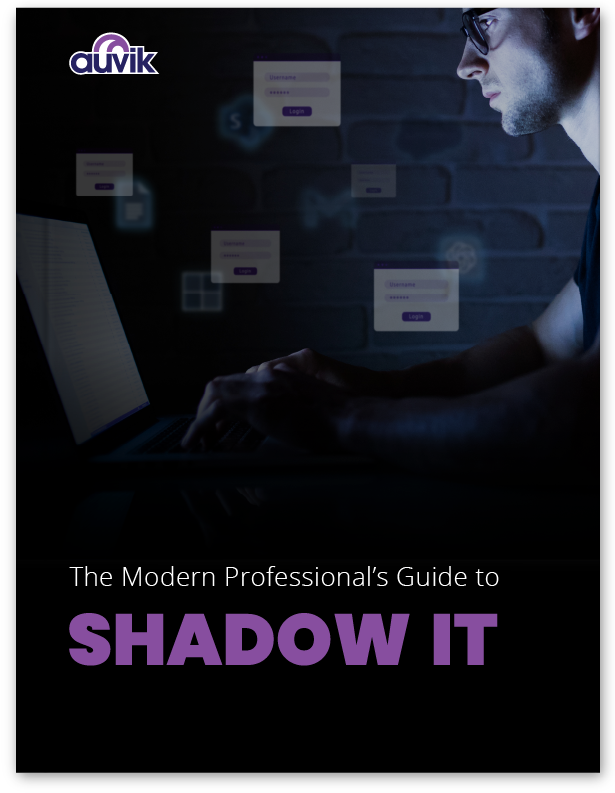Recurring revenue is the Holy Grail for managed service providers. Unfortunately, it’s an area of the business that most MSPs make sales mistakes. They can’t sell enough new clients, don’t attract the right types of clients, or can’t command the right price.
I’ve devoted the last 20 years of my life to understanding, mastering, and teaching others the keys to growing recurring revenue and increasing profitability. Here’s where I see most MSPs falling off the rails.
Sales mistake #1: Selling technology
Typically, customers don’t care as much as we do about individual features such as patch management, anti-spyware, anti-spam, backup, endpoint security, monitoring, cloud computing, and software as a service. What they care about is how technology impacts their business. Increasing user productivity, decreasing risk, and keeping costs under control are the focus of every business leader.
To effectively sell the idea of managed services to your customers, it’s important to focus on the end result of your support offering rather than the bits and bytes of how you deliver it.
As MSPs our fee is relatively small compared to our client’s overall costs. They pay hundreds of thousands of dollars a month in payroll, taxes, benefits, and overhead—our bill is just a few thousand.
If you can change the conversation from a technology conversation to a business conversation, everything shifts. To teach MSPs this powerful process, I’ve coined the term sales separation. We need to change the prospect’s frame of reference with respect to technology costs and results. Instead of comparing our price to others MSPs, they can then compare the investment in our process to the impact we can make on the big costs in their business.
Sales mistake #2: Being sales-interested, not sales-focused
I speak in front of IT providers at many live events each year. During these events, I poll the audience to see how many people have a goal of increasing their monthly recurring revenue (MRR). Normally, over 99% of the hands in the audience go up. Then I ask how many people are able to sell at least one good new client with $2,500 – $4,000 of new MRR each month. Very few hands are raised. Do you know any other industry where everyone can agree on their top goal and almost no one is achieving it?
What we uncover in most cases is that the MSP is sales-interested rather than sales-focused. They’re interested in growing recurring revenue, and they devote some time and resources to it. But to become a company truly focused on sales, you need three things:
- Dedicated resources: Think of areas in your business that you have improved. Did any of them improve without dedicated resources? I find most MSPs don’t have any resources that are dedicated solely to adding new MRR. The same person selling MSP agreements also sells firewalls or phones systems, or they’re managing accounts. Getting consistent results takes focus and dedication. If you’re not willing to devote a resource (even if it’s your own time) to adding new MRR then you’re sales-interested, not sales-focused.
- Knowledge of the math: “Judge on sales results, but manage activity.” Simply having an MRR goal is a sales mistake. You need to know the sales math that supports that goal. How many first-time appointments (FTAs) are required to reach your goals? To calculate this, there are several factors to consider. The first is your average deal size. What is the average monthly fee you’re targeting? This will determine how many new clients you need to reach your goal. Next is close ratio. Close ratio is the ratio of sales to FTAs. Close ratio determines the number of FTAs required. Now you can set a goal for FTAs to focus on each week. Your FTA goal will determine your lead-generation activities.
- Accountability: Now that you know the factors that impact your sales goal (average MRR size, close ratios, and number of FTAs), you need to put an accountability system in place to track you progress. This starts with a weekly sales meeting to review sales and activity results. I’ve had a sales meeting every week for 20 years. In the beginning, I was the only one there. Believe me—some of those early meetings got ugly! Next, develop a playbook. The playbook is a simple tracking system to see daily, weekly, monthly, quarterly, and annual activity and results. We offer our members a spreadsheet that clearly shows where they’re off track, so they can make adjustments.
Too often, I hear business owners tell me why they can’t sell more MRR at the right price. They tell me their market is different, or that competitors are dropping prices, or that cloud is changing the industry.
At TruMethods, we coach hundreds of MSPs in every market, and I can tell you with great certainty that more MSPs are selling MRR at a higher price in every market today than ever before. I feel so strongly about the opportunity in today’s market that I acquired another MSP six years ago. In six years, we achieved results that took my first MSP almost 10 years. This is the gold rush for MSPs.
Correcting historic sales mistakes and achieving dramatically different results requires taking dramatically different actions. More of the same won’t get it done. The answer isn’t as easy as adding some new technical feature or as simple as hiring the right salesperson. Many people think they just need more leads, but the answer is never that simple. The good news is that adding new MRR is a process just like managing support tickets or patching computers. I hope the ideas in this blog post will help you.






Leave a Reply